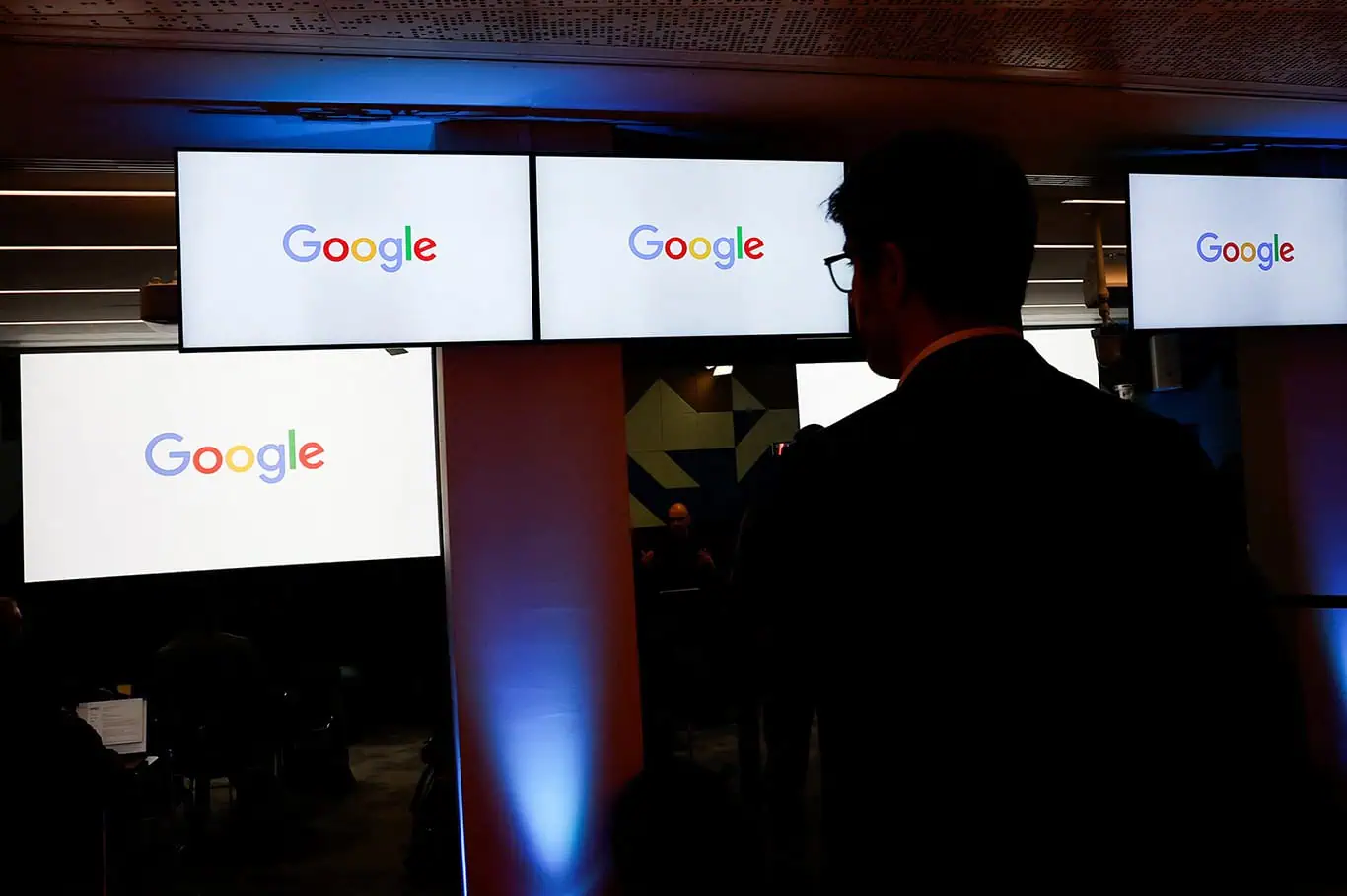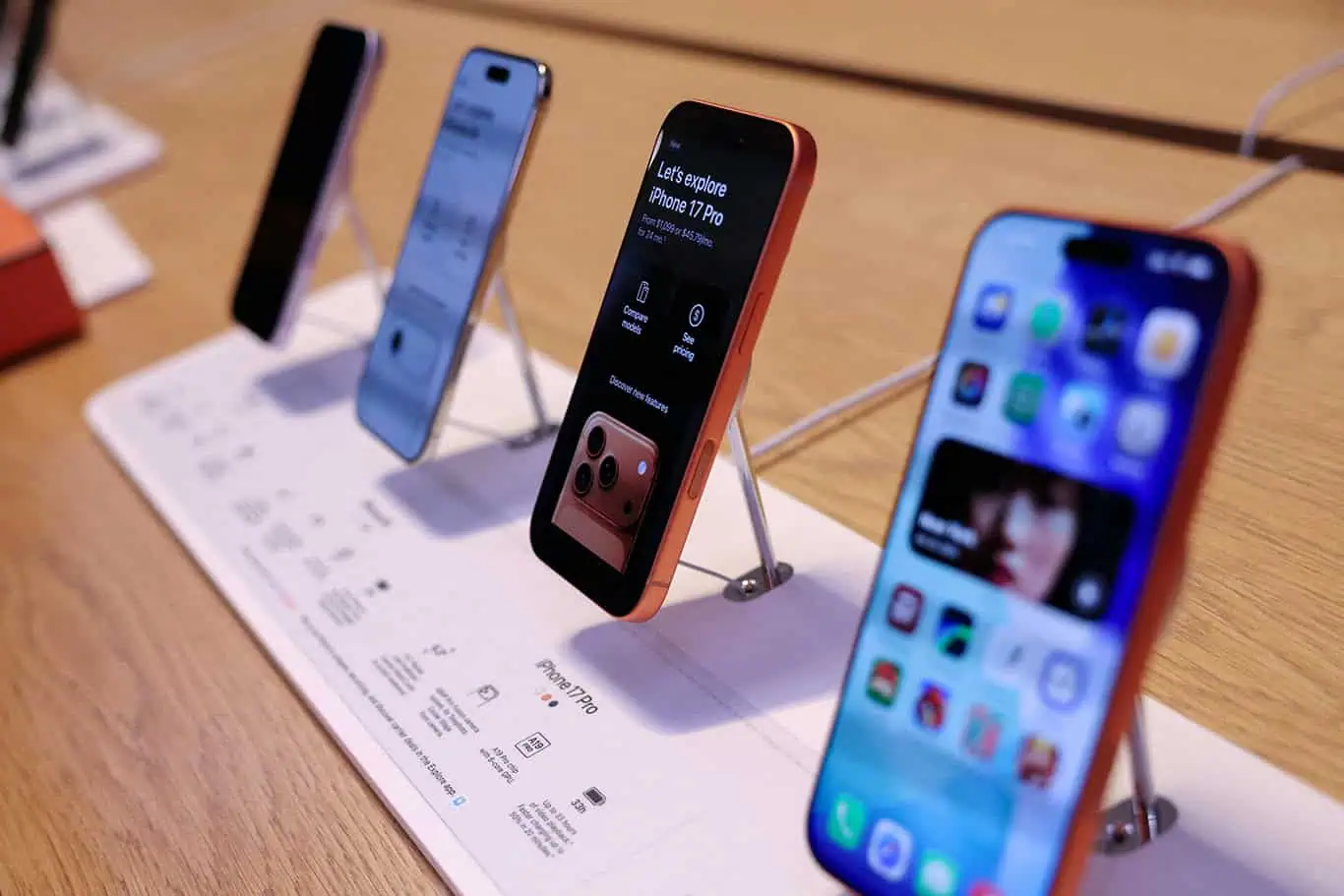
Sponsored Content | Digital Free Press
This is where pop-up blocker tools come into play. These quiet champions are like your personal online bodyguard, filtering out interruptions so you can get on with what you actually want to do. But that’s not all they do; they can also help improve security and reduce load times.
These benefits are part of why Data Horizon Research values the global ad-blocking market at around $11.5 billion. The market could continue growing at a 9.5% CAGR, translating to a market volume of 28.2 billion by 2033.
Faster load times and better performance
No one wants to hang around websites that take forever to load. Statistics show that even a one-second delay can significantly affect bounce and conversion rates. According to Search Endurance, increasing web page load time from 1 to 3 seconds increases bounce rate probability by 32%. And if the load time was to delay by up to 10 seconds, the rate could worsen further, as you may increase bounce probability by up to 123%.
Pop-ups, especially those packed with animations and third-party scripts, can significantly slow down performance. But with blockers, you can speed up your browser by refusing to load those unwanted elements, thus reducing CPU usage and data consumption. This makes a huge difference across devices, especially on mobile, where bandwidth and processing power are more limited.
Safari mobile browser, for instance, uses intelligent tracking prevention (ITP) to reduce the impact of third-party scripts. By integrating machine learning and on-device intelligence, ITP is able to identify and limit cross-site tracking by advertisers and data brokers, often shaving seconds off load times. As a result of these technologies, users can enjoy snappier browsing, keeping them connected for a long time.
Pop-up blockers amid the growing concern of cyberattacks
Just recently, Exploding Topic released a report claiming that over 600 million cyber threats are launched daily. Threat actors are using every possible way, including pop-ups, to reach internet users. And encountering a cyberattack can be costly. According to IBM’s approximations, you may need almost five (4.88) million US dollars to recover from these incidents.
Multiply that by even 50 occurrences, and you have a figure that could threaten the survival of many small and medium-sized businesses. You also risk losing customers who aren’t willing to transact with breached organizations. Data from a UK consumer survey by PWC found that 78% of shoppers would stop buying from a retailer several months after a data breach, and 35% would never return.
Thankfully, besides improving website comfort, pop-up blockers can reduce the risk of users landing in the malicious territory. Remember, some of the most notorious phishing attacks begin with deceptive pop-ups that look like a system alert or software update prompt.
Just one accidental click, and you could be installing malware or handing over your login credentials, explaining why browser built-in blockers are essential. Consider Microsoft Edge’s SmartScreen for a moment. This technology identifies malicious URLs and warns users before they engage with them.
Less clutter, more clarity
Consider a scenario where you visit a recipe blog to learn how to make a lemon tart. As you’re just two lines into the intro, a newsletter sign-up box covers the screen. You decide to close it and scroll a bit more, but then another pop-up for a limited-time cookware discount shows up. Even if you were to dodge that one, too, the page could load slower, which could be disgusting.
People want to read and shop in peace, which explains why pop-up blockers have become so popular. Looking at the statistics, some experts suggest that 42% of internet users use some form of ad blocking, with these blockers being one of the most commonly enabled features.
Sites with minimal or no interruptions allow users to absorb content more easily. There’s less visual clutter, fewer distractions and a more natural flow. To ensure users enjoy such experiences, popular browsers have integrated blocking features that suppress not just ads, but auto-play videos and layered modals too.
Small tools with big impact
While pop-up blockers might not get splashy headlines, their role in the modern-day web experience cannot be disputed. With today’s shoppers becoming more discerning, no one would want to use the web again if they only found frustrating experiences. And at a time when the internet has become cluttered with attention-grabbing gimmicks, the need for users to have control is pretty apparent.
And that’s precisely what these unsung heroes of the modern browser experience do. They declutter content so you can focus. They also lighten the technical load so your devices can breathe more easily. And now that cyberattacks have become rampant, pop-up blockers can help ensure safe internet engagement.
But these benefits do not mean they are entirely perfect. The features can sometimes accidentally suppress legitimate content like chat support windows. Good enough, most browsers let you tweak the settings, making it possible to disable the blocker when necessary.




























